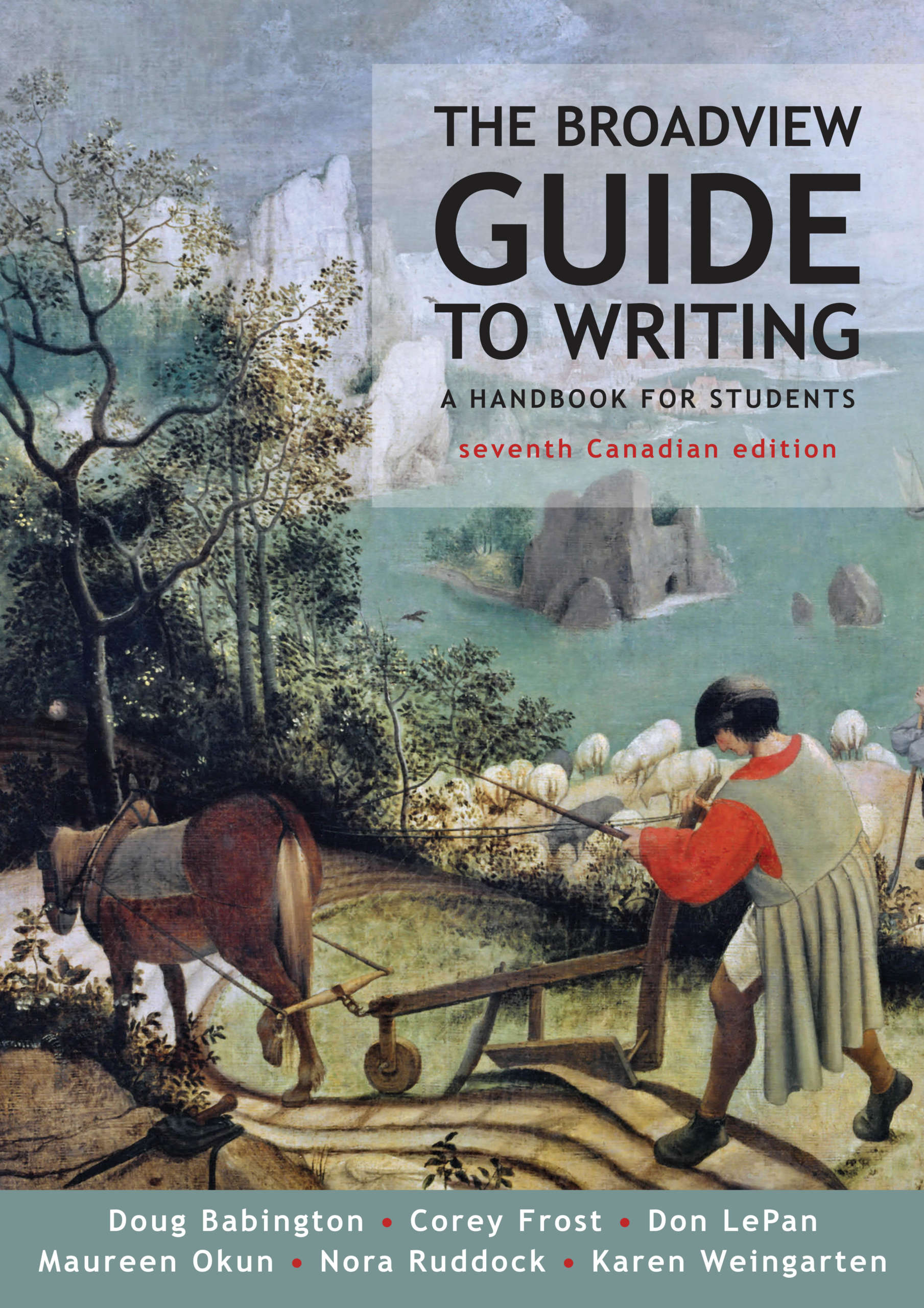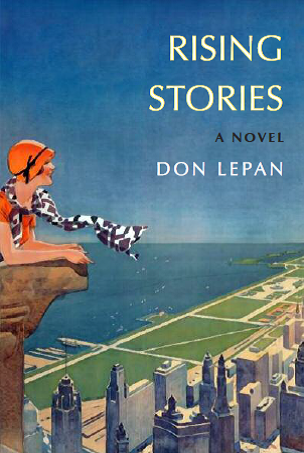The short answer is yes. The descriptions in the advance promotional materials for Rising Stories follow the conventions of copy written to promote literary fiction. Among those conventions is an understanding that one should never be sensationalistic in describing a work of literary fiction. Even if the story contains sensational elements, the emphasis—both in the way the work is written and in the way it is described in the promotional materials—should be on the way it reveals character, or evokes particular sorts of feeling, or gives rise to certain ideas.
That is very much the case with the promotional copy for Rising Stories, and the way it describes the book is, to my mind, quite accurate. But Rising Stories is also a novel with a powerful narrative drive as it approaches its climax, and on that score the “literary novel” descriptions leave out one vitally important thing. That’s right—the earthquake.
A reluctance to emphasize sensational aspects of a story’s conclusion in promoting literary fiction is not simply a matter of wanting to avoid the whiff of sensationalism. It’s also a matter of not wanting to give away the ending. I’m sure it was in part for this reason that we decided to make no mention in the promotional materials for Rising Stories of the event that is at the heart of the novel’s long, climactic scene. Such reticence is understandable; a certain sort of reader feels a good deal of justified resentment if the outcome of a story is given away in the description of the book (or, as happens often with editions of classics, in the introduction). But to “give away” the fact that an earthquake occurs near the end of Rising Stories is no more to “give away” the outcome of the novel than reading that Pierre and Prince Andrei find themselves in the midst of the Battle of Borodino is to “give away” what happens in War and Peace. (If we were told that Pierre survives the Battle of Borodino but that Prince Andrei is seriously wounded, that would be a very different thing—just as it would be a very different thing to give away what happens to any of the characters in Rising Stories as a result of the earthquake.)
Whatever the rights or wrongs of the decision as to what was included and what omitted in the Rising Stories promotional materials, we decided that a different approach would be appropriate for the press release. A press release, of course, is typically sent to a range of people in the media who don’t normally pore over advance promotional materials for literary novels. For this audience, it’s simply more newsworthy to draw attention (as the novel does) to the far-from-negligible risk that earthquakes may occur in areas not known as earthquake zones. Rising Stories is certainly a novel about characters, and about ideas, about skyscrapers and about Chicago. But it's also a novel about how and where the unexpected can occur—and in particular, it's about an earthquake.
____________________________________________ Press Forward/ Broadview Press
Press Release:
New Novel Brings to Life the Unimaginable—A Major Earthquake in Chicago
What if an earthquake were to occur where almost no one has thought such a thing to be possible? That’s a large part of the premise of Rising Stories, a soon-to-be published novel about the people and the skyscrapers of Chicago.
In this case, it’s not quite true that no one has thought a major earthquake affecting Chicago to be possible; some seismologists have suggested there is in fact a reasonable chance of a magnitude 6 or 7 earthquake in Southern Illinois occurring in this century. Back in 1811-12 there are thought to have been as many as seven earthquakes of this magnitude or higher in the region—one of them registering 8.1 on the Richter scale. Then, of course, there were no skyscrapers; the damage in St. Louis and Chicago today could be extremely serious in the (admittedly unlikely) event of an earthquake that strong occurring.
That’s the geological background to Rising Stories. The historical background is, for most of the novel, the early years of the Obama administration; much of the story takes place in 2011, with the scene in Grant Park on election night in 2008 vividly recalled.
The novel also includes extended flashbacks to the Chicago of the late 1930s—an era during which the Wrigley Building and the Mather Building and the Tribune Tower were still new. It was also the time in which the “Towertown” area surrounding the Water Tower on the Near North Side was a center of bohemian culture—and the time in which the “redlining” approach to segregation was taking a tighter and tighter hold on the city. Rising Stories brings together all these aspects of that Chicago of long ago—and links them to twenty-first century Chicago through a storyline that involves the death of an infant, missing art works, a suicidal painter, a marriage under strain, and, at the book’s center, an extraordinary relationship between a young child and a ninety-something grandparent.
Advance reviews for the novel have been glowing: “…the skyscrapers of Chicago reveal their various personalities as sites for intimate, sometimes harrowing, human stories. An elegant and affecting novel.” - Mark Kingwell, author of Nearest Thing to Heaven: The Empire State Building
“Rising Stories manages to surprise, satisfy and delight all at the same time, as its protagonists—inhabitants of Chicago’s skyscrapers—recount their stories and those of the towering buildings that are integral to them. An original and compelling page turner.” - Elizabeth Abbott, author of A History of Marriage
________________________________________ Rising Stories: A Novel will be published in North America August 24, 2015; advance copies are available as of today.
Published by Press Forward, the novel is being distributed throughout North America by Broadview Press. (Rights for Europe and other markets remain available.)
For more information on sales and promotion, or to request an interview with the author, contact Christine Handley, chandley@broadviewpress.com
For additional product information, follow this link to the Rising Stories page on the Broadview Press site: https://www.broadviewpress.com/product.php?productid=2265




